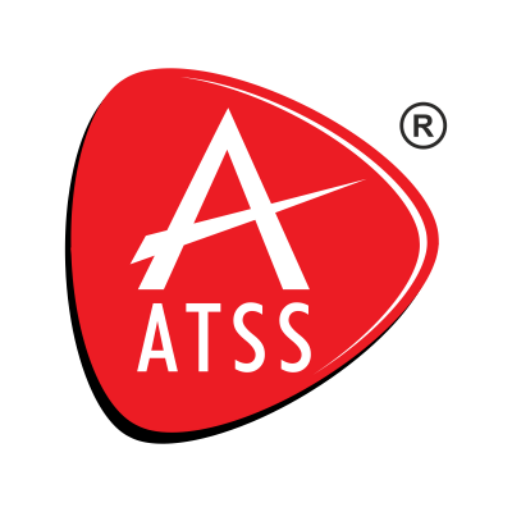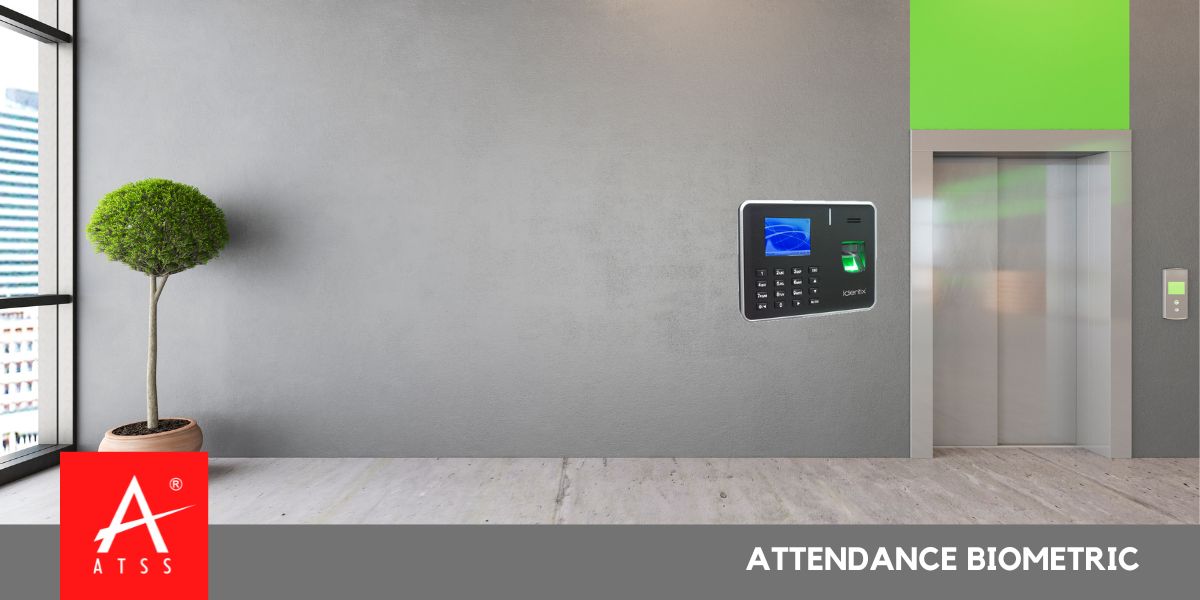The Ultimate Guide to Attendance Biometric Systems.
Are You Still Managing Attendance Manually? You Could Be Losing Time and Money Every Day
Imagine this: It’s Monday morning. Employees walk into the office and fumble with registers or outdated swipe cards—some even ask colleagues to punch in for them. Sound familiar? It’s time to leave behind manual systems and upgrade to a smarter solution: attendance biometric technology.
Manual attendance systems are not just inefficient—they’re vulnerable to errors, time theft, and manipulation. In contrast, an Attendance Biometric system offers speed, accuracy, and reliability. With unique biological identification methods like fingerprints or facial recognition, these systems ensure only the right person clocks in or out—no proxies, no excuses.
In this comprehensive guide, you’ll discover everything about Attendance Biometric solutions, from how they work and what to look for, to pricing, software integrations, and government compliance. Let’s dive into the future of attendance.
What Is an Attendance Biometric System?
An Attendance Biometric system is a digital solution that uses unique physiological traits to verify identity and record attendance. This includes fingerprints, facial recognition, iris scans, and palm veins.
These systems eliminate the need for manual logs, access cards, or PINs, drastically reducing the risk of fraud or buddy punching.
Core Components:
- Biometric Attendance Device (e.g., fingerprint or facial scanner)
- Attendance Biometric Software
- Data storage (cloud or on-premise)
Once enrolled, employees simply authenticate with their biometric data. Their attendance is logged in real-time and synced across platforms, generating accurate reports for HR.
Why Businesses Are Switching to Attendance Biometric Systems
1. Accuracy Like Never Before
No more manual entries, no duplicate identities, and zero chance of manipulation. Attendance Biometric devices log the exact check-in and check-out time with 100% precision.
2. Real-Time Tracking
Get live updates on who is present, absent, or late. Managers can make instant decisions and improve operational efficiency.
3. Data-Driven Reports
Automatically generate daily, weekly, or monthly biometric attendance reports, exportable in various formats, aiding payroll and compliance.
4. Enhanced Security & Compliance
These systems align with regulatory standards for data protection and labor laws. Ideal for audit-ready operations.
5. Cost-Efficient
Although there’s an initial investment, the ROI is substantial. Reduced HR workload and errors directly save costs.
Types of Attendance Biometric Devices
Fingerprint Biometric Attendance System
Most popular for its affordability and reliability.
Facial Recognition Attendance Devices
Touchless and hygienic. Perfect for healthcare, education, and high-footfall areas.
Iris & Palm Vein Scanners
High-security applications such as labs, banks, and defense institutions use these.
Hybrid Devices
Support multiple biometric inputs (fingerprint + face) for increased flexibility and backup.
How Attendance Machine Systems Work
- Enrollment: User biometrics (like fingerprint or face) are registered.
- Authentication: At every punch-in/out, the device matches live data with stored information.
- Storage: The time-stamp is saved either locally or on a cloud server.
- Reporting: The system compiles all logs into detailed biometric attendance reports.
- Integration: Attendance data is shared with payroll or HRMS software.
Key Features to Look For in an Attendance Biometric System
- Multi-modal authentication (Fingerprint, Face ID, RFID)
- Wi-Fi and LAN support
- Cloud data backup
- Mobile App with GPS punching
- Customizable shift management
- Overtime and holiday calculations
- SMS and email alerts
Attendance Machine Software: The Brain Behind the Device
Good hardware is just the beginning. A robust attendance software makes or breaks the experience.
Must-Have Features:
- Real-time dashboards
- User access control
- Leave & shift management
- Automatic report generation
- API integration with HRMS/Payroll
Top Software Solutions:
- eTimeTrack Lite
- SmartOffice BAS
- ZKTeco TimeNet
- Real-Time Cloud Attendance
For government institutions, BAS attendance software and BAS reports ensure compliance and transparency.
Attendance Biometric Price: What to Expect
Here’s a breakdown of average market prices (2025):
| Device Type | Price Range (INR) |
|---|---|
| Fingerprint Attendance Machine | ₹4,000 – ₹10,000 |
| Face Recognition Devices | ₹8,000 – ₹20,000 |
| Hybrid Attendance Machines | ₹12,000 – ₹25,000 |
| Device + Software Combo | ₹15,000 – ₹30,000+ |
Factors influencing price:
- Device brand
- User capacity
- Connectivity options
- Software features
Cloud vs Local Attendance Machine Solutions
Cloud-Based:
- Real-time sync
- Remote access
- Scalable and secure
- Monthly/Annual subscription fee
Local-Based:
- One-time setup
- No external dependency
- Requires IT team for maintenance
Choose based on organization size, budget, and IT infrastructure.
Mobile Attendance Biometric Apps: Managing on the Go
In a hybrid work culture, biometric attendance applications and mobile apps are a game-changer. These apps offer:
- Geo-tagged attendance
- Self-service portals
- Notification alerts
- Admin access for real-time reports
Compliance, Privacy & Data Security
A good attendance biometric system should:
- Follow GDPR and IT Act regulations
- Encrypt biometric data
- Ensure secure cloud access
- Provide audit-ready reports
Always verify the provider’s privacy policy and security certifications.
Government Use: BAS Attendance in Public Institutions
BAS (Biometric Attendance System) is mandatory in many government departments for transparency.
Benefits include:
- Employee accountability
- Centralized BAS report access
- Real-time monitoring
- Integration with payroll
The central government often uses tools like Aadhaar-linked biometric attendance registration for civil employees.
Attendance Machine Reports: What You Can Track
- Daily/weekly/monthly summaries
- Late entries and early exits
- Absentees and overtime hours
- Employee-specific performance
- Customizable filters and exports
These attendance reports are essential for HR audits and compliance checks.
Real-Life Use Cases of Biometric Attem Systems
- Corporate Offices: Accurate payroll
- Factories: Shift tracking
- Schools & Colleges: Teacher and student punctuality
- Hospitals: Hygienic facial recognition systems
- Government Departments: Centralized BAS attendance tracking
Pros and Cons at a Glance
| Pros | Cons |
|---|---|
| High accuracy & no time theft | Initial setup cost |
| Quick and easy attendance marking | Need for tech familiarity |
| Real-time reports and analytics | Maintenance in dusty/wet areas |
| Seamless payroll integration | Data privacy concerns (if misused) |
Summary: Is an Attendance Biometric System Right for You?
If your business values efficiency, compliance, and security, then yes—an attendance machine solution is the way forward. It minimizes errors, boosts productivity, and offers peace of mind with real-time, tamper-proof data.
Final Thoughts: Embrace the Future of Workforce Management
Manual systems are a thing of the past. Whether you’re a startup, SME, or government body, integrating an attendance machine system will save time, improve accountability, and streamline HR operations.
Ready to upgrade your workplace with smart attendance solutions?
CCTV Cameras | Flap Barrier | Hotel Door Locks | How to Select Burglar Alarm | Wireless Access Point

